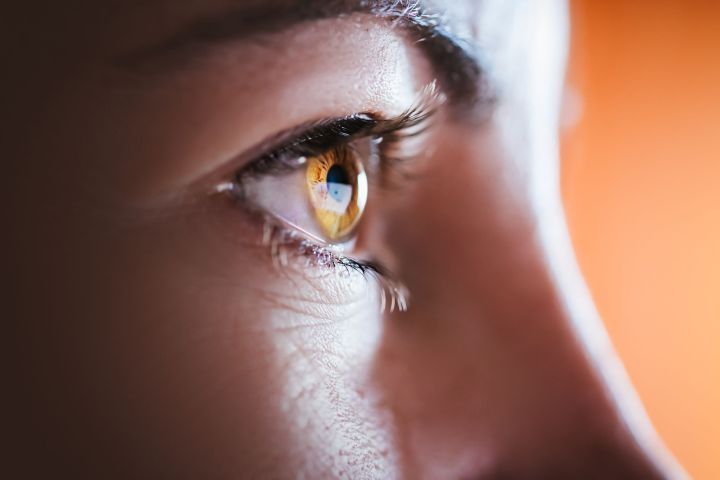
Just how capable are our eyeballs though? According to a new study published by Nature Communications, the human eye is powerful enough to detect a single photon directed at the retina. A photon, to offer a refresher, is the smallest particle that light — and all other electromagnetic radiation — is comprised of.
As explained by the Los Angeles Times, “Even the most sophisticated man-made devices require a cool, temperature-controlled environment to achieve the same feat.”
Until now, studies have suggested that humans are able to perceive as few as five to seven photons. Scientists believed the human eye was capable of seeing even fewer photons, but the devices used to release the beams weren’t accurate enough, leaving the researchers unsure of the exact number of photons that were released from the light source.
This latest research resolved that issue by using spontaneous parametric down-conversion (SPDC), a quantum optics process wherein a specialized crystal is used to split photon beams into pairs of photons. These two photons are split between the subject’s eye and a detector. If the detector recognizes a photon, scientists then know it was also sent to the subject.
The sample size used for the tests was very small. Only three males, all in their twenties and all with near-perfect vision, were tested. After sitting in a pitch-black room for 40 minutes, the subject was asked to clamp down on a bite bar and have his head placed inside a headrest to ensure the photons would be perfectly released into his retina.
Once rested, restrained, and ready, the subjects were asked to press a button, which triggered two distinct audio cues one second apart from each other. Upon completion, the participants were asked which one of the noises was accompanied by a photon in addition to a rating of how confident they were in that decision.
Over 30,000 trials were completed on the subjects. But only 2,420 of those were single-photon events. The reason for this was to build up a control to ensure the data wasn’t biased.
According to the paper, the subjects were able to detect when a single photon was fired 51.6% of the time, a number statistically significant enough to ensure it wasn’t random guessing.
Scientists are already working on developing cameras that can record single photons. But for the time being, and likely for years to come, these cameras won’t see so much as the light of day on a consumer level.
Until then, we’ll just have to enjoy the low-light capabilities through our own lenses and find out how to make the most of the cameras we do have available.



